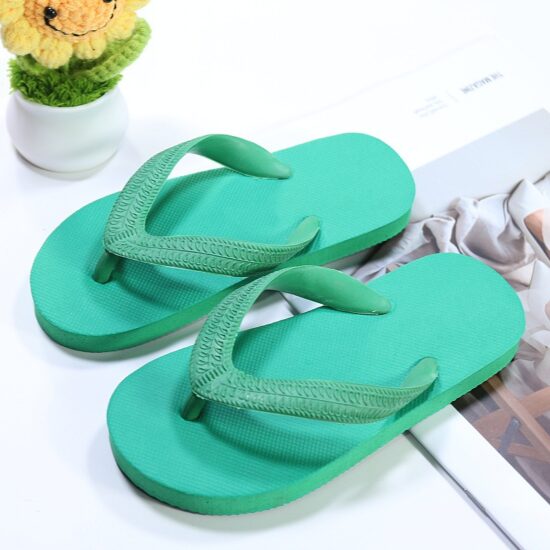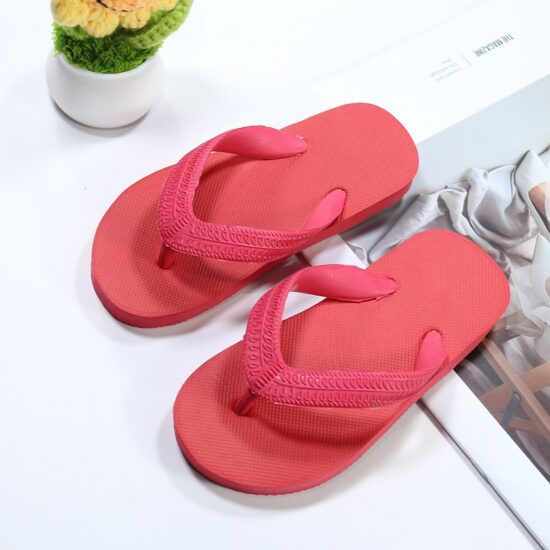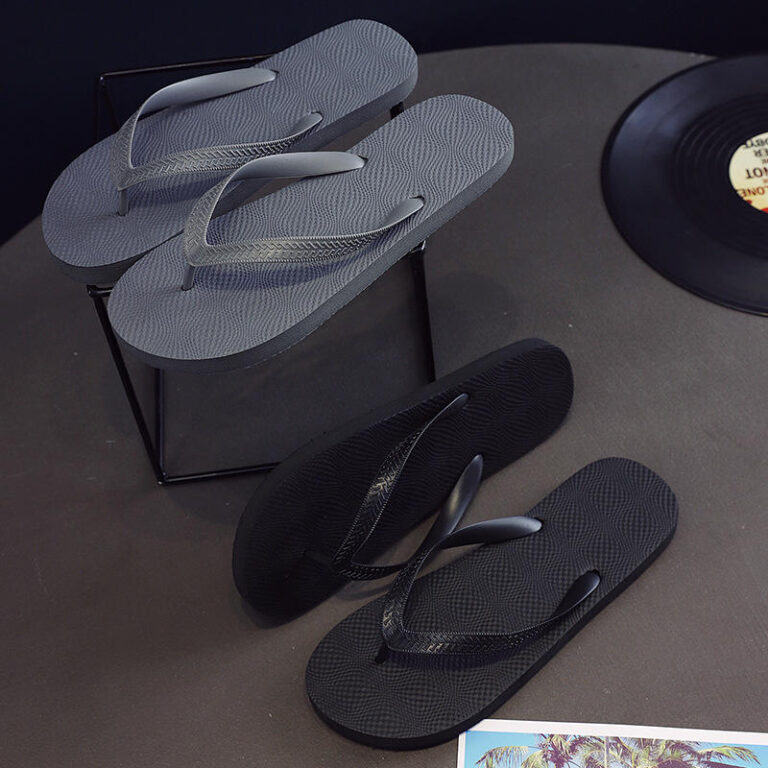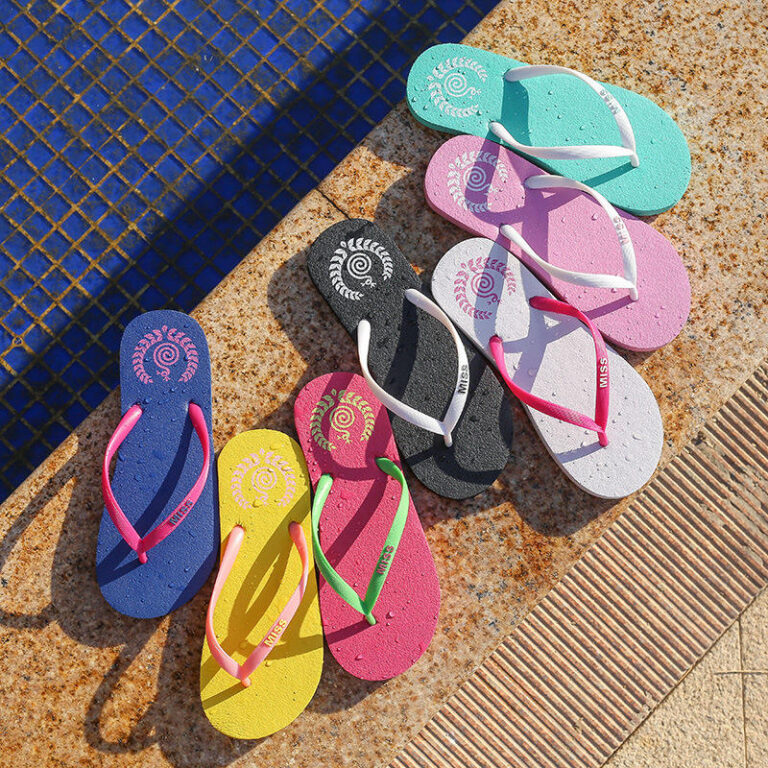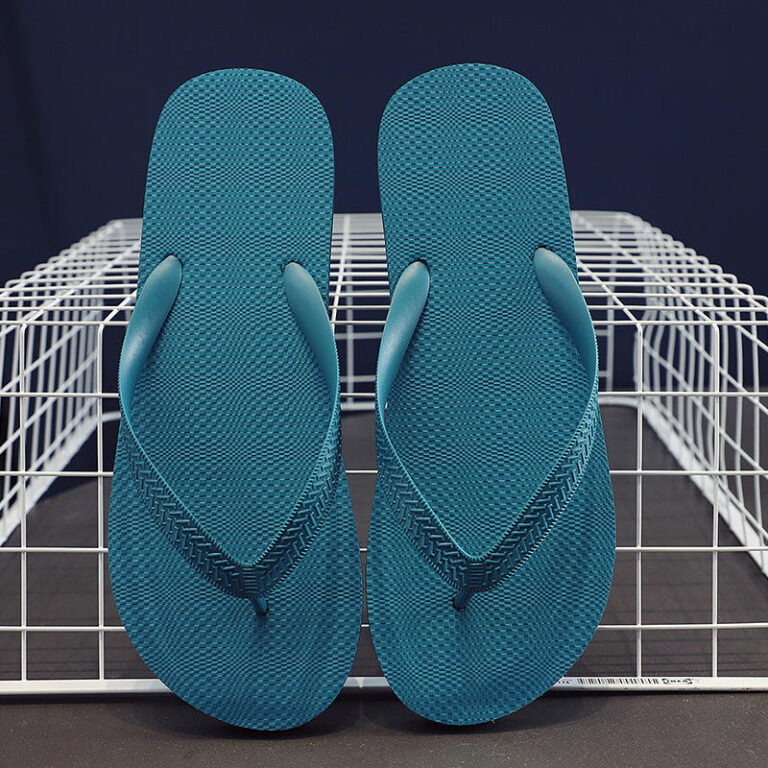jay@nbdho.com
Eco-Friendly Flip Flops: Sustainable Choices for the Environmentally Conscious Shopper
Introduction:
With increasing awareness of environmental issues, many consumers are seeking out more sustainable and eco-friendly products, including footwear. Flip flops, traditionally made from rubber and other synthetic materials, have had a reputation for being less environmentally friendly. However, as demand for eco-conscious products rises, several brands have responded by introducing sustainable flip flop options. In this blog, we’ll explore eco-friendly flip flops and why they are an excellent choice for environmentally conscious shoppers.
The Environmental Impact of Traditional Flip Flops:
Traditional flip flops are often made from materials like PVC, rubber, and plastic, which are not biodegradable and contribute to plastic waste. The manufacturing process for these materials can also have a significant environmental footprint, involving the use of fossil fuels and chemicals. As flip flops are typically used for a short period and often discarded after a season, they contribute to the growing problem of single-use plastic waste.
Sustainable Materials for Eco-Friendly Flip Flops:
The good news is that there are now several sustainable materials being used to make eco-friendly flip flops. Brands are turning to natural materials like cork, hemp, organic cotton, and recycled rubber to create more sustainable footwear options. Cork, for example, is biodegradable, renewable, and lightweight, making it a popular choice for eco-friendly flip flops. Hemp is another eco-friendly material known for its durability and minimal environmental impact.
Recycled Materials and Upcycled Flip Flops:
One of the most promising developments in eco-friendly flip flops is the use of recycled materials. Brands are now producing flip flops from recycled plastic bottles, ocean plastics, and discarded rubber. By repurposing these materials, companies are not only reducing waste but also providing customers with high-quality footwear. Upcycling, or taking discarded materials and turning them into something new, is an innovative way to create flip flops that have a minimal environmental impact.
Ethical Manufacturing and Fair Trade Practices:
In addition to using sustainable materials, many eco-friendly flip flop brands are committed to ethical manufacturing practices. This includes fair labor practices, safe working conditions, and environmentally responsible production methods. By supporting brands that prioritize both sustainability and ethical production, shoppers can ensure that their purchase has a positive impact on both the environment and the workers who produce the footwear.
Top Eco-Friendly Flip Flop Brands to Consider:
Several brands have gained recognition for their commitment to sustainability and eco-conscious practices. Sanuk, for example, produces flip flops made from recycled materials, including rubber and fabric. Teva has created a line of eco-friendly flip flops using recycled plastic and natural rubber, while Havaianas has launched a collection of flip flops made from sustainable materials. For those looking for a truly green option, Gumbies offers flip flops made from natural rubber and recycled materials, offering both comfort and environmental benefits.
Conclusion:
Eco-friendly flip flops are an excellent choice for consumers who want to make a positive impact on the environment without sacrificing style or comfort. By choosing flip flops made from sustainable materials, recycled components, and ethical manufacturing processes, shoppers can enjoy the same lightweight, comfortable footwear they love while contributing to a more sustainable future.
